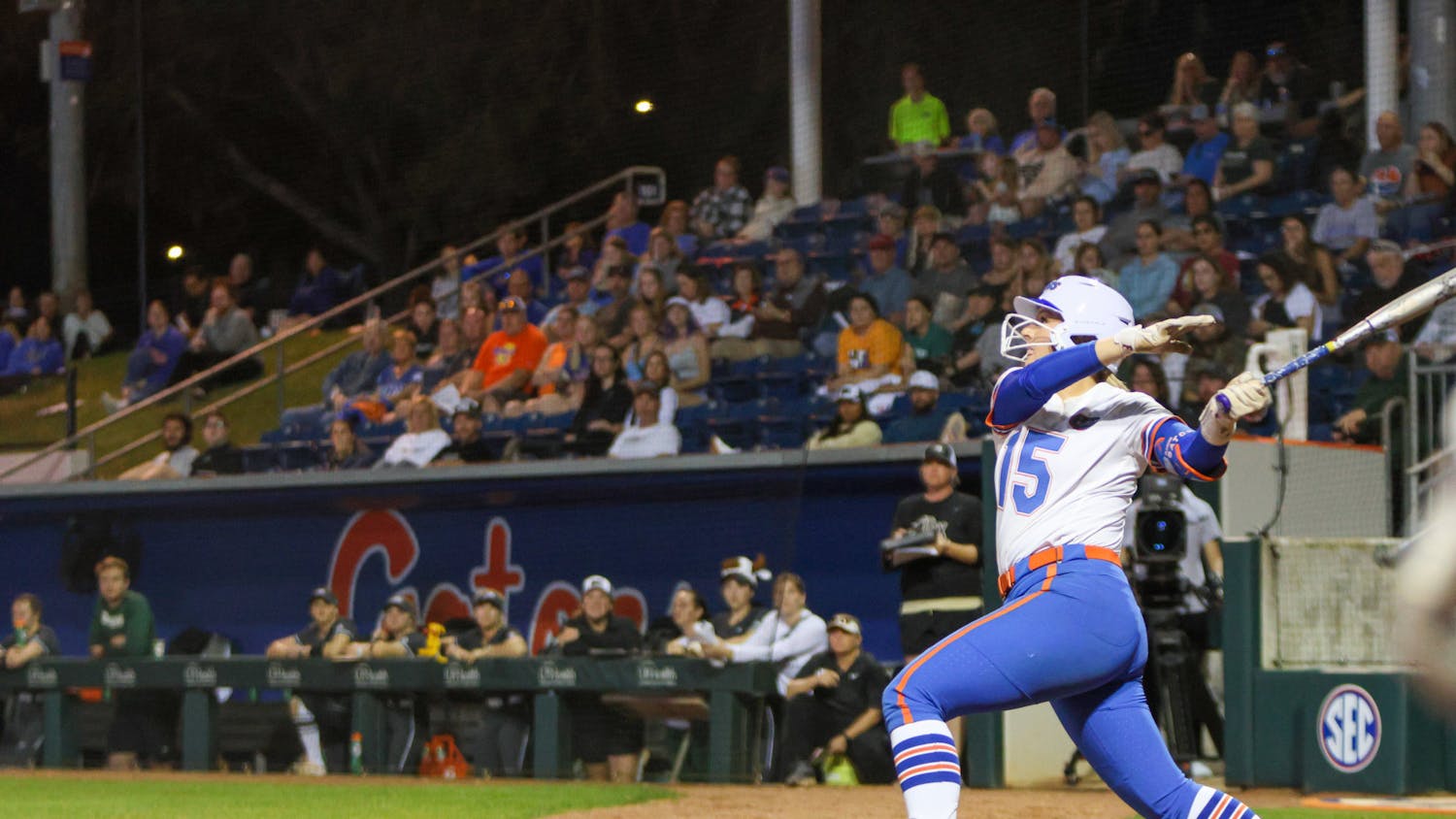It took only three thrusts of a shovel to unearth an archeological find 60 years in the making.
UF archeologists have recently uncovered the remains of a 300-year-old church in St. Augustine. Researchers from the Florida Museum of Natural History believe this may be the oldest stone structure from Spanish-Colonial Florida.
The coquina stone and tabby foundations show the church was at least 90-by-40 feet, making it one of the largest churches in colonial Spanish Florida and the only mission church made of stone.
"This is a truly exciting rediscovery of a long-lost building," said Kathleen Deagan a research curator emeritus of historical archeology at the Florida Museum of Natural History.
Though officially retired, Deagan still acts as a co-investigator at the Nombre de Dios site.
Being America's oldest city, St. Augustine presents some of the nation's first European settlements, Deagan said. This discovery is thought to be a church commissioned by Florida's governor in 1677.
The discovery of the lost documents that helped pinpoint the buried church's location was something that might come out of an Indiana Jones story.
The Rev. Charles Spellman was the director of the still-active mission in 1951, but he was also an amateur archaeologist, said Gifford Waters, collections manager for historical archeology at the Florida Museum of Natural History.
Spellman started diagramming and digging for the remains of the church, but his records were lost after his death. Waters said while moving the Catholic records archive from the Mandarin area of Jacksonville to St. Augustine, Sister Catherine Bitzer found Spellman's long-lost research.
"It was a puzzle to put his clues together," he said.
But sure enough, Waters hit coquina gold with three motions of his shovel.
"In 1728, it was lost to history," he said. "With Father Spellman, in 1951, it was found again and was lost to history again until his records showed up within the last year. And now, found again a week ago," Waters said.





